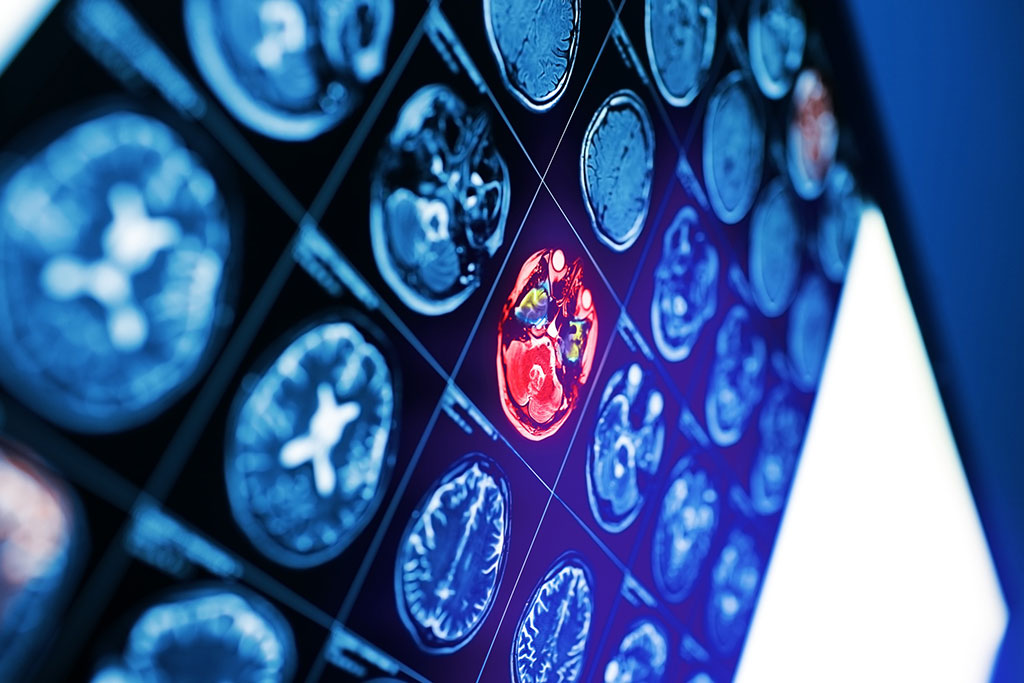Groundbreaking MRI Technology Distinguishes Between Pathological and Healthy Brain Tissue without Using Contrast Agents
Posted on 13 Sep 2023
Conventional magnetic resonance imaging (MRI) offers images that require healthcare experts to interpret them based on their experience and understanding. On the other hand, quantitative MRI aims for the level of accuracy one can expect from taking someone's temperature when they're sick—going beyond general terms like "too warm" or "too cold." To do this, complex physical models are used to combine data from various MRI scans to obtain a wide range of measurements. Just like a blood test gives detailed information about the substances in the blood, these MRI measurements provide critical biological insights. One such vital insight is about iron balance in the brain, which is essential for overall health. Issues with this balance could indicate problems like degenerative brain conditions and even cancer. However, until recently, non-invasive methods to study the iron environment in the living human brain were lacking.
Now, a research team led by The Hebrew University of Jerusalem (Jerusalem, Israel) has introduced a revolutionary MRI technology that could revolutionize the understanding of iron homeostasis in the brain. This advanced technique enables the non-invasive examination of various molecular iron environments within the human brain, providing insights into its role in regular brain activities, aging, and diseases like neurodegeneration and cancer. Built on quantitative MRI, this new approach is sensitive enough to pick up changes in the brain's iron balance. During lab experiments, the technology could distinguish the unique magnetic properties of essential iron compounds, such as ferritin, transferrin, and ferrous iron. Moreover, real-world tests on patients with brain tumors validated the technology's effectiveness.

What sets this new MRI approach apart is its ability to notice shifts in the brain's capacity to manage iron, both across various regions and as the brain ages. The technology can also identify changes in how iron is handled and how genes related to iron are expressed in abnormal tissues. Perhaps most significantly, it can differentiate between cancerous and non-cancerous tissues without needing potentially harmful contrast agents. This new approach to MRI marks a groundbreaking advancement in assessing iron balance in the human brain. It not only avoids the use of toxic agents but also provides data that conventional MRIs are unable to capture. The technology holds great promise for advancing knowledge about disorders related to iron levels and offers new paths for both research and diagnosis in live human brains.
"Our technology opens up new possibilities for understanding the role of iron in cancer, normal aging, and neurodegenerative diseases,” said Shir Filo from the Hebrew University of Jerusalem. “It enables non-invasive research and diagnosis of iron homeostasis in the living human brain, offering a potential game-changer for healthcare and neuroscience.”
Related Links:
The Hebrew University of Jerusalem














